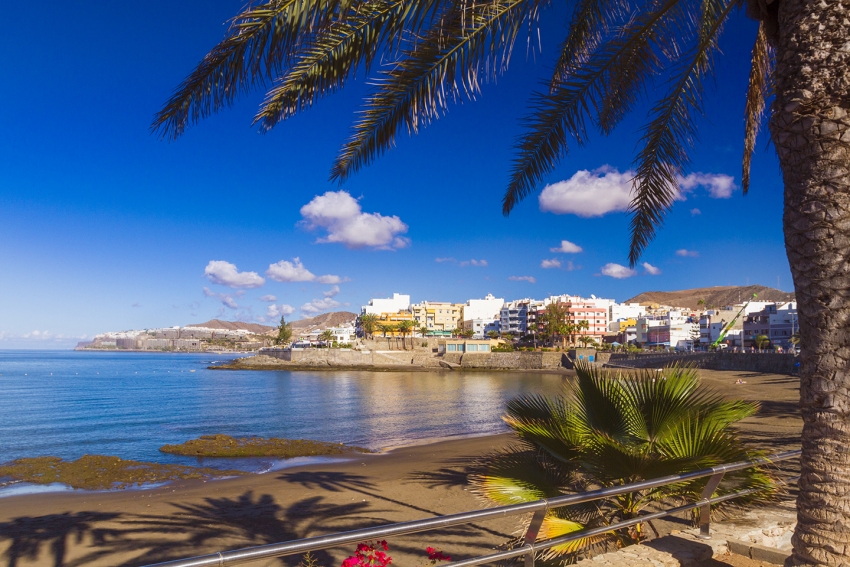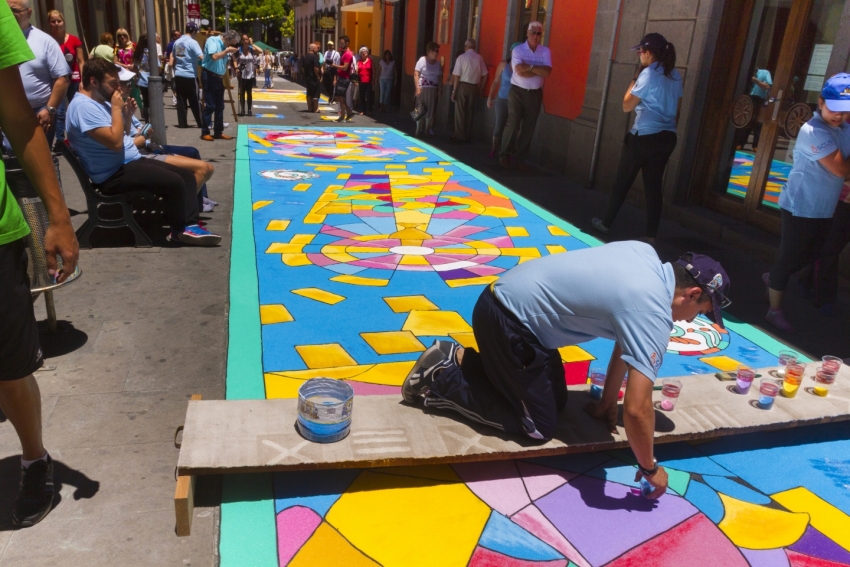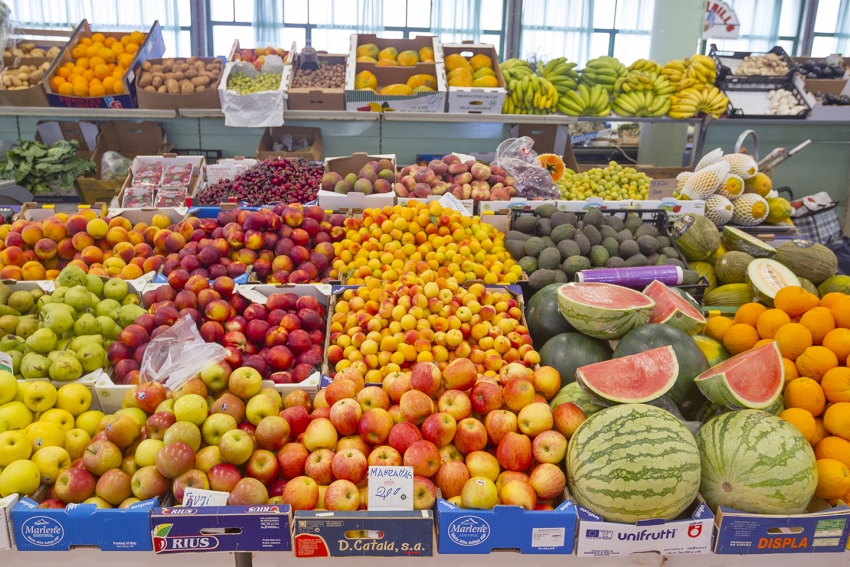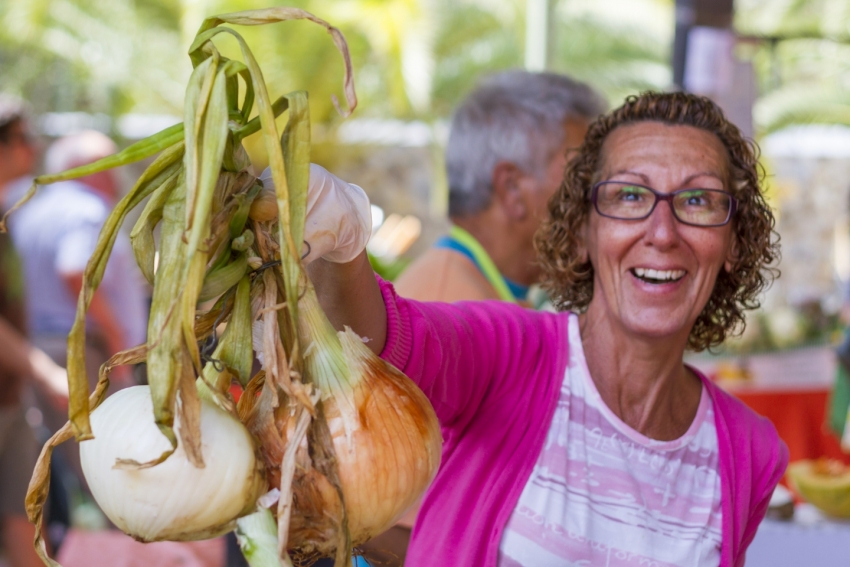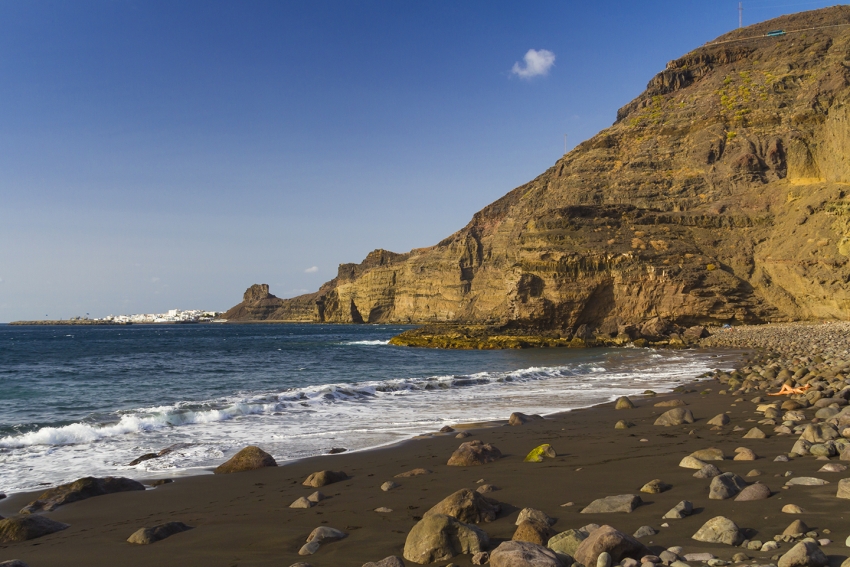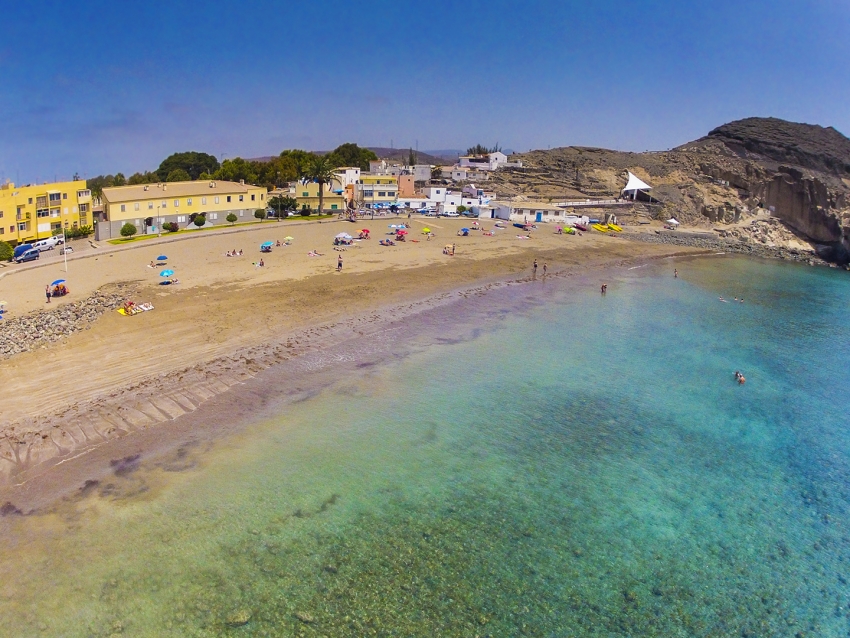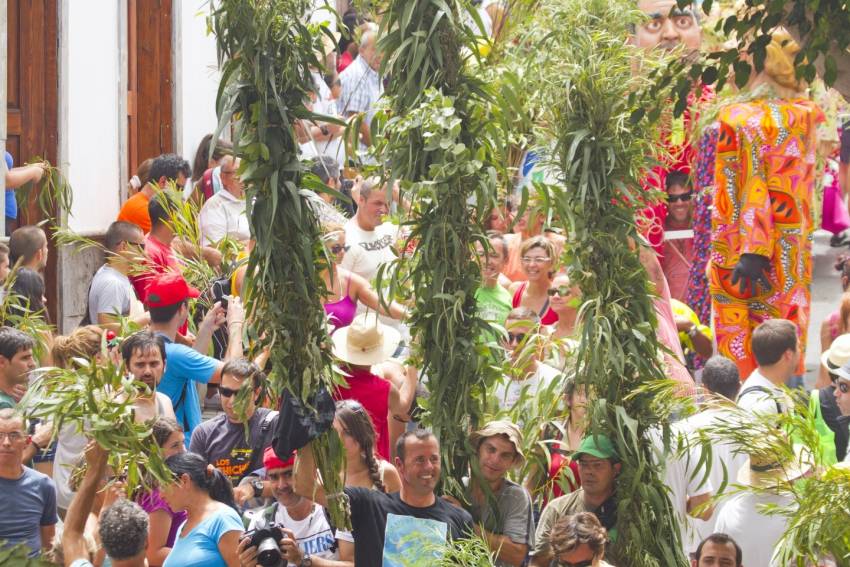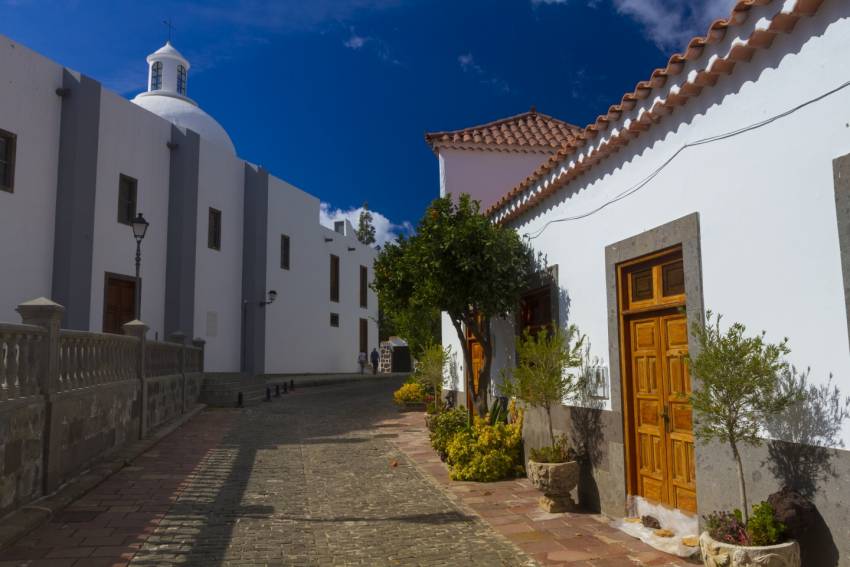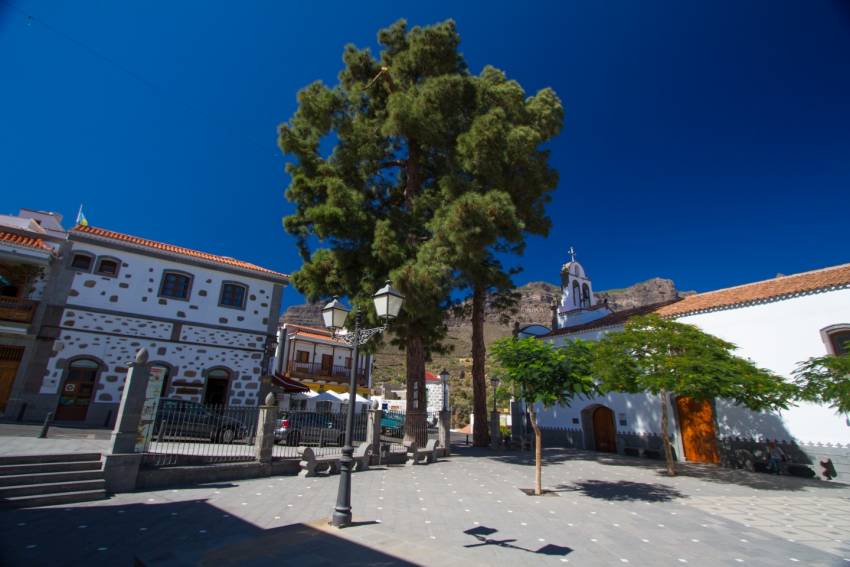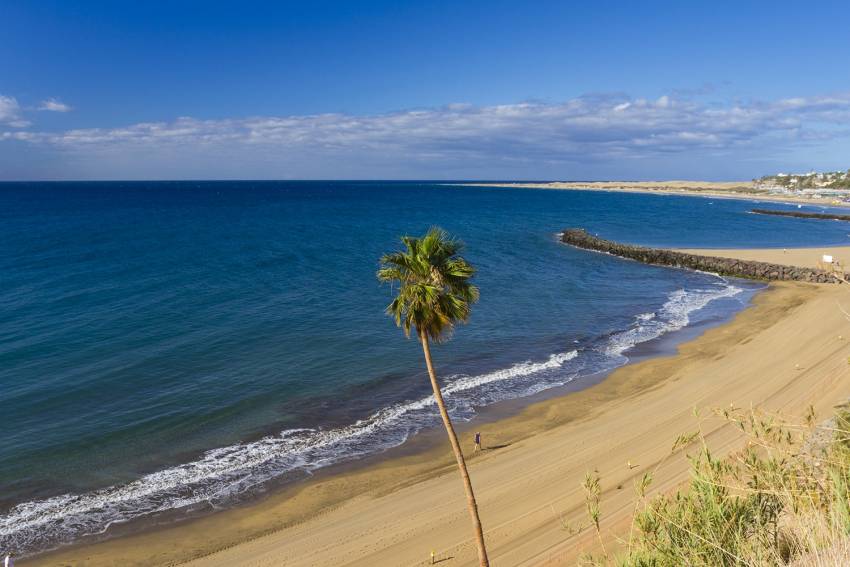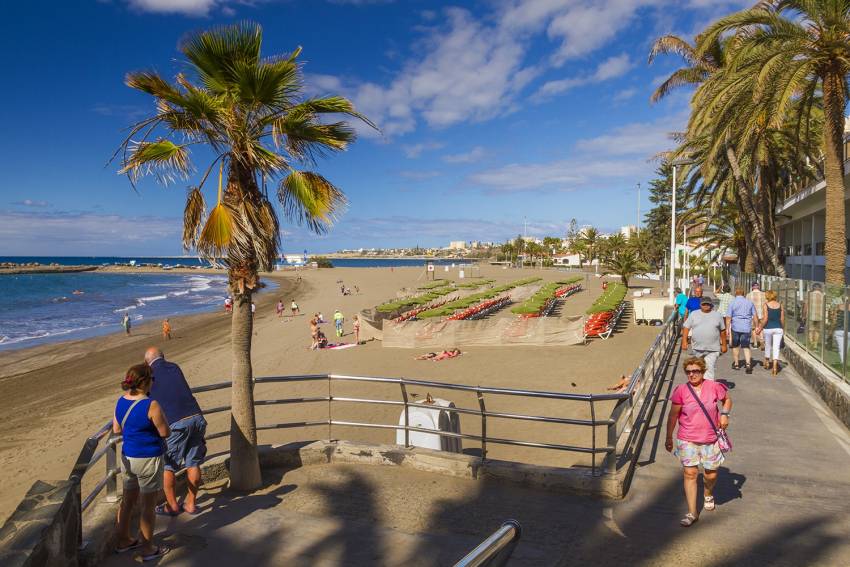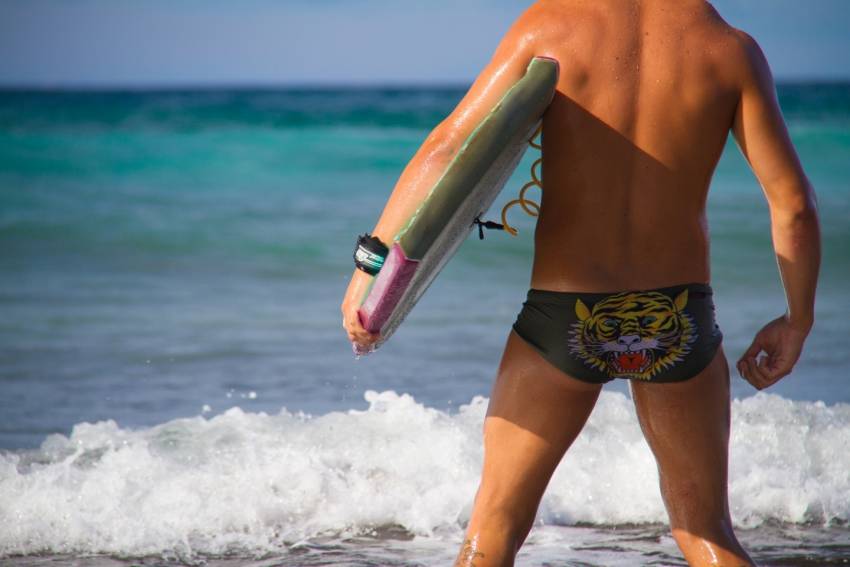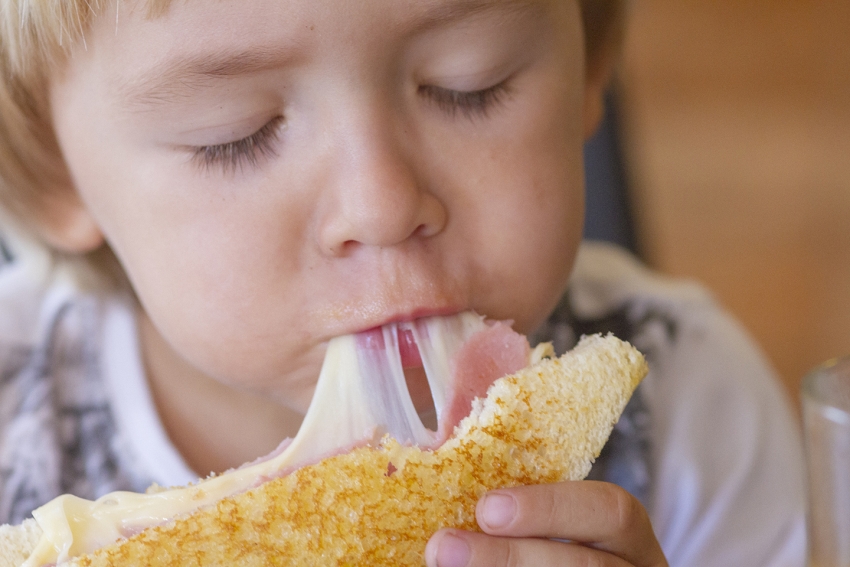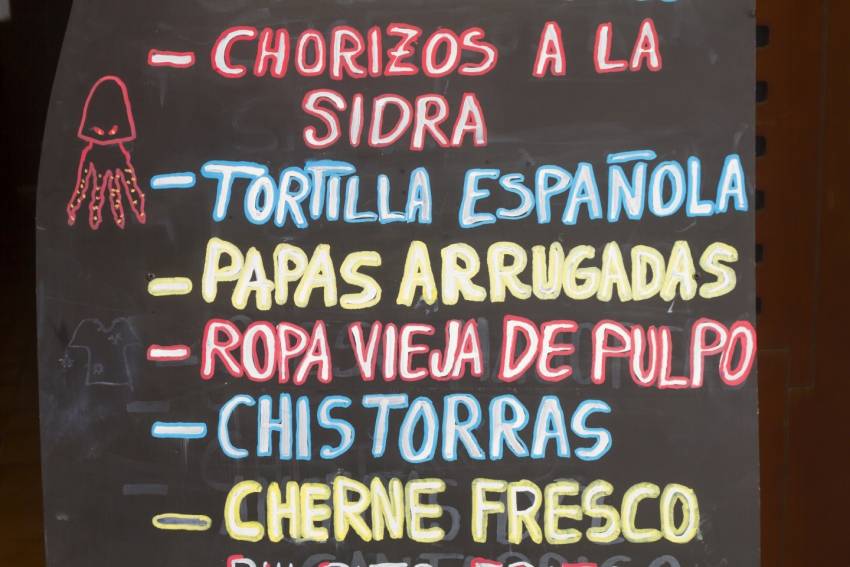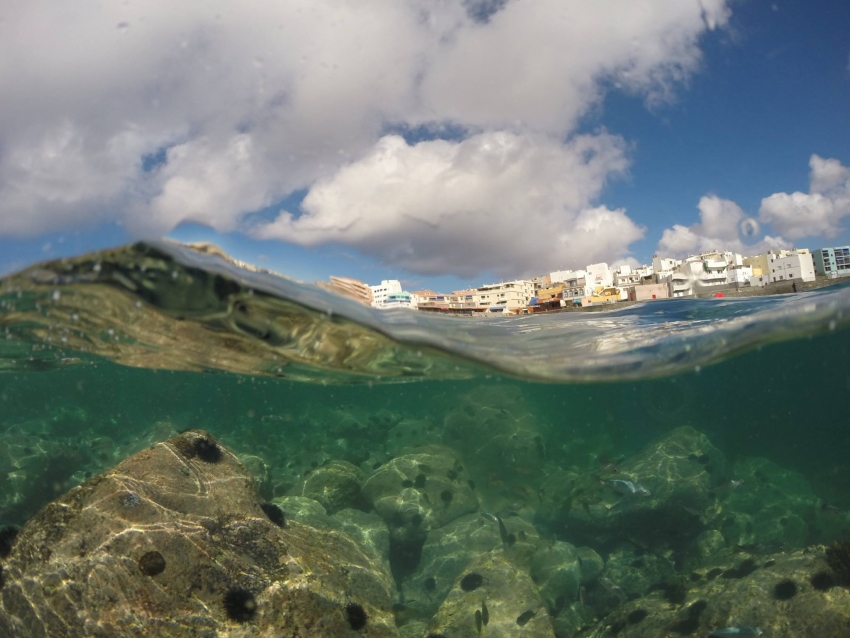7 Reasons Why You Have To Visit Arguineguin
Arguineguín town (or South Oslo as it's known in the winter) is south Gran Canaria's only local coastal town. At heart, it's still a fishing town even though it hosts thousands of Nordic snowbirds each winter and has a hugely popular weekly market.
What's On In Gran Canaria In June
Gran Canaria's summer fiesta season is in full swing in June with over a dozen local romerías. You also have bonfires and local beach parties, a bikini fashion show, and Las Palmas' foundational celebrations.
You've Arrived in Arguineguín: Here's What To Do First
Walk downhill in Arguineguín until you hit the sea and it's an easy place to explore; the seafront promenade runs the whole length of town. All you have to do to start is work out where you are.
San Mateo's Massive Weekend Market
It's in a warehouse and you can't call it pretty but San Mateo market sells the widest range of local produce available anywhere in Gran Canaria.
Food Shop Like A Local In Las Palmas
Las Palmas is full of supermarkets, but which chain is best, and where do you go for the fresh stuff and the exotic stuff? Here's how to do your food shopping like a local in Las Palmas de Gran Canaria.
Gran Canaria Fish & Seafood Glossary
The best Canarian seafood often comes in restaurants with Spanish menus so here's a handy guide to the most common types of fish, seafood and dishes in Gran Canaria.
Guayedra Beach: Where The Locals Go To Get Naked
Guayedra beach is where nature-loving locals from all over the north of the island go for nudist sunbathing in the west coast sunshine.
El Pajar: Great Beach With Its Own Cement Factory
El Pajar village is literally in the shadow of Gran Canaria's cement plant but once you're on the sand you can't see the factory and the little golden beach is calm and pretty.
Las Marañuelas: South Gran Canaria's Local Beach At Arguineguín
While Puerto Rio and Playa del Inglés hardly existed before tourism, Arguineguín has always been a local town first and destination second. It's Las Marañuelas beach is the only easily-accessible one in south Gran Canaria with a real local feel.
The Top Ten Gran Canaria Fiestas You Have To Experience
Gran Canaria is an island that knows how to party. And it does so in its own way. Rather than the dance music parties of the Balearics or the bull fests of Spain, Gran Canaria goes local with its fiestas.
Santa Lucia's Sunday Market
If there's a rural idyll in south Gran Canaria, then it's Santa Lucia with it's mountain scenery and palm-filled valleys.
The Sunday morning market is a local affair and there's always seasonal produce on offer at superb prices.
Tunte Market: Local Produce For Local People
Tunte or San Bartolome de Tirajana market is a local affair held in the hill town early every Sunday morning.
El Cochino Beach
Why it's called Pig Beach we'll never know but El Cochino is a great alternative to the crowds of Playa del Inglés beach right next door.
Las Burras beach
Las Burras beach is the most local of the golden sand beaches in south Gran Canaria and only gets busy at weekends and during school holidays.
Delicious Daily Doughnuts in Gran Canaria
Light and fluffy, golden brown, with a crust of flaky sugar and a hint of lemon: Gran Canaria's doughnuts, called donuts, are a delight.
Gourmet Canarian Foods You Have To Try In Gran Canaria
Gran Canaria might not seem like a foodie destination when you're tucking into an all-day breakfast in a shopping centre but plenty of delicious local produce out there. Here's a selection of the best Canarian food and drink to try and buy.
Flor de Guia Cheese
Moist and slightly bitter with a faint taste of grass and old socks: Gran Canaria’s Flor de Guía is the island’s most distinctive cheese. It’s made by traditional methods and protected by an EU Designation of Origin. It is also one of the few cheeses that uses natural vegetable rennet (extracted from thistle or cardoon flowers) rather than animal rennet. This makes it suitable for vegetarians.
Creamy flor de Guia cheese has a soft, yellow rind and is creamy and riddled with small holes. It comes in thin wheels about four inches deep.
You can buy Flor de Guia in the shops but it isn’t the real stuff. Most of the vacuum packed supermarket stuff is media flor made with a mixture or animal and vegetable rennet. It tends to be much denser and dryer than pure flor de Guia. For the genuine article head to the cheese stall at one of the island’s markets. Guia town itself has a tiny Sunday market in front of the church but nearby Galdar’s Thursday market is much bigger.
Agaete Coffee
A small bag of Gran Canaria coffee costs over 15 euros because it is only grown in the mild Agaete Valley. Known as Europe’s only coffee but a more accurate description is the most northerly coffee in the world.
Coffee was first grown in Gran Canaria in 1788 but faded away except in Agaete where the farmers grew if for their own morning cuppa. The bushes grow organically in the shade of mango, papaya and orange trees. Gran Canaria coffee beans are hand picked and sun dried and yield a delicate, fruity coffee with a hint of liquorice. Pretty tasty!
We’ve noticed a lot of coffee bushes lining banana plantations in the hills behind Galdar and Arucas so it won’t be long before the supply increases.
Temisas Olive Oil
Olive trees live a long time and don’t bear grudges. That’s just as well considering that Gran Canaria neglected its groves for over 100 years. The goats ate most of them and the small harvest was pickled ferociously in mojo.
The somebody tested the oil from the gnarled old trees and found that it is first class. Now the olivos are Gran Canaria’s latest way of turning the sunshine into gold.
Farmers are busy learning the skills that their grandparents forgot and new groves go in every year. The best Gran Canaria olive oil comes from the old trees around Temisas, the town with longest history of olive growing in the Canary Islands.
Temisas’ grizzled survivors are old varieties that have died out everywhere else in Spain. Their oil is fruity and herbal with a good peppery kick and a distinctive smell of ripe tomatoes.
Gran Canaria’s olives are harvested by hand and cold pressed. A small bottle costs about 5 euros and is best served on salads or used plain as a dip for fresh bread. It’s too good to wreck with balsamic vinegar so use a white wine vinegar instead.
Fresh Tropical Fruit
The best tropical fruit in Gran Canaria never makes the supermarkets. It’s sold in local markets and village shops. Look out for boxes of fruit that smells fantastic and has fresh green leaves still attached.
Because Gran Canaria is so high we also grow fabulous soft fruit like peaches, apricots, plums, apples and pears. Gran Canaria’s oranges are fantastic, especially the huge navel oranges that ripen during the winter.
Gran Canaria’s bananas are fantastic and taste far better than the Caribbean bananas you get in European supermarkets. It’s because they are a sweet variety and are picked ripe and never refrigerated. Bananas are available all year round.
Gran Canaria’s pineapples are delicious and are available most of the year. Only buy them if you can smell them. Papayas are harder to judge but go for the deepest colour orange or red you can find and leave them to soften for a day or two before eating.
Fresh Fish and Seafood
Most of the fresh fish sold in restaurants in Gran Canaria is farmed seabass (lubina) and gilthead bream (dorada). They are delicious and farmed locally but nothing beats fresh fish caught from the open ocean on the same day as it is cooked. Look out for fresh bonito and tuna and try local favourites like grouper (mero), cabrilla (comber), vieja (parrotfish) and medregal (amberjack).
The trick to finding the best fresh fish in Gran Canaria is to head to the little local restaurants right by the sea. The best have the fish displayed in a cabinet or on a dish by the entrance. Look for fish that is shiny with clear, glossy eyes. If the eyes are opaque or sunken you are looking at old or defrosted fish.
Squid freezes well so it doesn’t have to be fresh
Almogrote
La Gomera’s answer to pesto, almogrote is a tasty spread made from cured goat cheese, garlic, chili and olive oil. It’s traditionally served on pan bizcochado (crispy double-baked bread).
Almogrote is delicious but make sure you all eat it together as it’s full of garlic. You can buy glass pots of almogrote in most Gran Canaria supermarkets: Try and find one that is made in La Gomera rather than in Gran Canaria or Tenerife: It’s just fairer.
Guarapo
Guarapo or palm honey is another Canarian delicacy from la Gomera: It’s our equivalent of maple syrup and is fantastic on pancakes.
Guarapo is made from sap extracted by hand from La Gomera’s many palm trees. Each tree can only be tapped once every seven years: Someone climbs up each tree and cuts into the bud. The sap drains out and is boiled down into a thick, dark syrup.
La Gomera’s palm honey harvest is a fantastic and sustainable local industry that guarantees the future of the islands palm trees. Taking a bottle home helps support the Gomeran’s traditional way of life.
Supermarkets sell bottles of guarapo for about seven euros. Don’t confuse it with miel de caña or cane syrup as this is imported and nowhere near as tasty.
La Palma Salt
Sea salt from Fuencaliente in the far south of La Palma comesa from outdoor salt pans and is made by traditional methods. The best is called flor de sal which is light, fluffy scales of salt rather than big grains. It's highly rated by top chefs for its clean taste and purity. Look out for the purple packs of flor de sal flavoured with local red wine: Perfect for seasoning stews and grilled meat.
Wine
Canarian wine is so good that we've given it it's own section. While Lanzarote's whites and Tenerife's red are the easiest to find in the superamrkets it's worth tracking down Gran Canaria's white wines as they get better every year. Click here to visit our wine section.
Gran Canaria Beach Guide: Recognising a Local Beach
Only a few of Gran Canaria's 100 beaches are touristy. The rest, spread out around the coast, attract a local crowd and have a different vibe: Canarians will pay for seafood but not for sun loungers. If you want to spend time on a Canarian beach, something we wholeheartedly recommend, then use these tips to judge if you have found your spot.
Gran Canaria Foods That The Locals Love
Canarian restaurants all serve delicious papas con mojo and goat cheese, but there are lots of Canarian foods that don't make it to the menus. Here are the top ten local favourites that you have to track down on your own.
Donuts
Gran Canaria Donuts are light and sweet with a hint of lemon and knock the socks of those stodgy Crispy Crème things. They come as traditional sugar or chocolate doughnuts with a hole, or with a chocolate or custard filling. Donuts are sold in most Gran Canaria newsagents, bars and corner shops. Avoid on Sundays as there are no weekend deliveries and Donuts go stale in hours.
Bocadillo de Calamares
Deep fried squid rings in a bread roll with plenty of lemon juice. The quintessential Canarian beach snack and available at any local bar or café close to the sand. For the best ones pick a bar with a stream of locals walking out carrying plastic bags.
Barquillo
Barquillo is ice cream cone without the cold filling. It comes in sheets or rolls and is a popular Canarian beach snack, especially on Las Canteras Beach in Las Palmas. Watch out for vendors walking along the beach carrying a basket.
Polvitos
A dessert that has taken Gran Canaria by storm that we think was invented in the Novillo Precoz (a fantastic steak restaurant) on Calle Portugal in Las Palmas. Polvitos are basically cheesecake made with whipped cream instead of cheese. They are flavoured with dulce de leche and are sweet and moreish. Some Gran Canaria restaurants have given up serving any other pudding.
Nisperos
Known in English as loquats these little orange fruits are common all over Gran Canaria but rarely make it into the shops as they rot quickly. To eat a nispero bite off the stalk and squeeze out the juicy flesh in one go. Don’t forget to spit out the big, brown seeds. Their flavour is delicate and a bit like tangerine.
Pollo en Adobo
This never makes the list of traditional Canarian foods, but it's on most dinner tables at least once a week. Pollo en adobo is chicken marinated in lots (and lots) of garlic and fresh coriander and then fried. Pungent and delicious!
Sandwich Mixto
It’s hard to believe that two bits of white bread and a slice of ham and cheese can be so delicious. The sandwich mixto is the Canarian version of the ham and cheese toastie and is served for breakfast and as a snack at any time. The secret is in grilling the bread with plenty of butter.
Leche y Leche
An espresso shot with a dash of milk and a tablespoon of condensed milk to sweeten it. The condensed milk sits at the bottom of the cup and you have to stir it well before drinking. In Tenerife order a baraquillo and in Lanzarote a café bonbon.
Clipper
Clipper is Gran Canaria’s answer to Fanta and Coca Cola. It’s a virulent red colour and tastes of strawberry air freshener. Canarians are proud of their local soft drink and guzzle it by the gallon. Try it if you have a sweet tooth but don’t ask too many questions about the colour and watch out for stains! For the cautious there are clipper flavoured ice lollies that taste pretty good.
Pepe Chiringo
Don Pepe started with a hot dog cart and now owns a chain of fast food restaurants in Gran Canaria. The food is cheap and cheerful and goes down well after a few beers. There is one on Avenida Tirajana in Playa del Inglés and another by the big park in Maspalomas. Gran Canaria’s answer to the Golden Arches and without the creepy clown!
Do you have a favourite Gran Canaria food that never makes the Top Ten lists? Let us know and we'll add it to the list
Gran Canaria: Restaurant Daily Menus
You never see a Canarian rushing down the high street juggling a half-eaten bocadilllo and a plastic cup of takeaway coffee. That's because of the venerable tradition of the Menu del Dia.
Five Cool North Gran Canaria Beaches The Locals Keep to Themselves
There are quiet local beaches dotted all around the north coast of Gran Canaria. If you get sick of long sand beaches covered in sun loungers and parasols then head to one of these secret spots. All of them are great for snorkelling.
Gran Canaria Info recommends:
- Default
- Title
- Date
- Random

